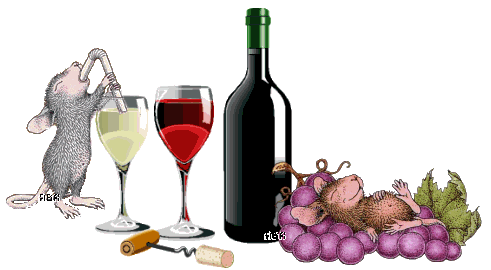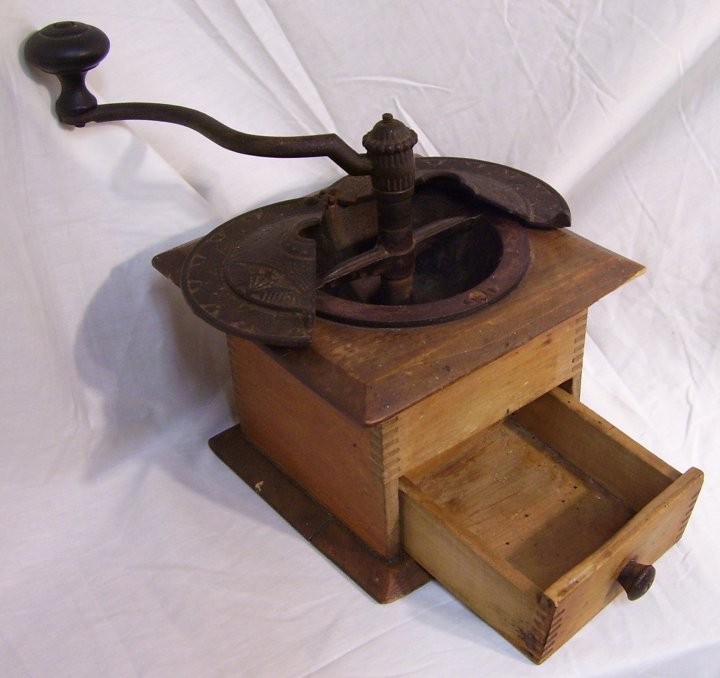In Paris, the drink that drove Van Gogh mad

Famed for turning the cafes of Montmartre into a haven for booze-addled artists, the story of absinthe – and its current revival in Paris — is as thick and cloudy as the drink itself.
Absinthe: How the Green Fairy became literature’s drink

The green stuff
Absinthe, a green liquor known for its hallucinogenic effects and popular with legendary authors and artists, was banned for most of the past century. (Goran Heckler/Alamy)
Absinthe has inspired many great authors of the last 150 years – and may have ruined some as well. Jane Ciabattari investigates the green spirit’s peculiar power.
Arthur Rimbaud called absinthe the “sagebrush of the glaciers” because a key ingredient, the bitter-tasting herb Artemisia absinthium or wormwood, is plentiful in the icy Val-de-Travers region of Switzerland. That is where the legendary aromatic drink that came to symbolise decadence was invented in the late 18th Century. It’s hard to overstate absinthe’s cultural impact – or imagine a contemporary equivalent.
The spirit was a muse extraordinaire from 1859, when Édouard Manet’s The Absinthe Drinker shocked the annual Salon de Paris, to 1914, when Pablo Picasso created his painted bronze sculpture, The Glass of Absinthe. During the Belle Époque, the Green Fairy – nicknamed after its distinctive colour – was the drink of choice for so many writers and artists in Paris that five o’clock was known as the Green Hour, a happy hour when cafes filled with drinkers sitting with glasses of the verdant liquor. Absinthe solidified or destroyed friendships, and created visions and dream-like states that filtered into artistic work. It shaped Symbolism, Surrealism, Modernism, Impressionism, Post-Impressionism and Cubism. Dozens of artists took as their subjects absinthe drinkers and the ritual paraphernalia: a glass, slotted spoon, sugar cubes – sugar softened the bitter bite of cheaper brands – and fountains dripping cold water to dilute the liquor.
Absinthe was, at its conception, not unlike other medicinal herbal preparations (vermouth, the German word for wormwood, among them). Its licorice flavor derived from fennel and anise. But this was an aperitif capable of creating blackouts, pass-outs, hallucinations and bizarre behaviour. Contemporary analysis indicates that the chemical thujone in wormwood was present in such minute quantities in properly distilled absinthe as to cause little psychoactive effect. It’s more likely that the damage was done by severe alcohol poisoning from drinking twelve to twenty shots a day. Still, the mystique remains.
Muse in a bottle
Rimbaud, Baudelaire, Paul Verlaine, Emile Zola, Alfred Jarry and Oscar Wilde were among scores of writers who were notorious absinthe drinkers. Jarry insisted on drinking his absinthe straight; Baudelaire also used laudanum and opium; Rimbaud combined it with hashish. They wrote of its addictive appeal and effect on the creative process, and set their work in an absinthe-saturated milieu.
In the poem Poison, from his 1857 volume The Flowers of Evil, Baudelaire ranked absinthe ahead of wine and opium: “None of which equals the poison welling up in your eyes that show me my poor soul reversed, my dreams throng to drink at those green distorting pools.”
Rimbaud, who “saw poetry as alchemical, a way of changing reality” Edmund White notes in his biography of the poet, saw absinthe as an artistic tool. Rimbaud’s manifesto was unambiguous: he declared that a poet “makes himself a seer through a long, prodigious and rational disordering of all the senses.” Absinthe, with its hallucinogenic effects, could achieve just that.
Guy de Maupassant imbibed, as did characters in many of his short stories. His A Queer Night in Paris features a provincial notary who wangles an invitation to a party in the studio of an acclaimed painter. He drinks so much absinthe he tries to waltz with his chair and then falls to the ground. From that moment he forgets everything, and wakes up naked in a strange bed.
Contemporaries cited absinthe as shortening the lives of Baudelaire, Jarry and poets Verlaine and Alfred de Musset, among others. It may even have precipitated Vincent Van Gogh cutting off his ear. Blamed for causing psychosis, even murder, by 1915 absinthe was banned in France, Switzerland, the US and most of Europe.
Cultural hangover
The Green Fairy faded as a cultural influence for most of the 20th Century, to be replaced by cocktails, martinis and, in the 1960s, a panoply of mind-altering drugs. There were occasional echoes of its power, though mostly nostalgic.
Ernest Hemingway sipped the Green Fairy in Spain in the 1920s as a journalist, and later during the Spanish Civil War. His character Jake Barnes consoles himself with absinthe after Lady Brett runs off with the bullfighter in The Sun Also Rises. In For Whom the Bell Tolls, Robert Jordan brings along a canteen of the stuff. In Death in the Afternoon Hemingway explains he stopped bullfighting because he couldn’t do it happily “except after drinking three or four absinthes, which, while they inflamed my courage, slightly distorted my reflexes.”
Hemingway even invented a Death in the Afternoon cocktail for a 1935 celebrity drinks book: “Pour one jigger absinthe into a Champagne glass. Add iced Champagne until it attains the proper opalescent milkiness. Drink three to five of these slowly.”
In the late 20th Century, absinthe became a decadent reference point among a new generation of writers based in latter-day Bohemian outposts like San Francisco and New Orleans.
“The absinthe cauterized my throat with its flavor, part pepper, part licorice, part rot,” wrote precocious New Orleans horror writer Poppy Z Brite in a 1989 story, His Mouth Will Taste of Wormwood. The narrator and his boyfriend, jaded grave robbers, have found more than fifty bottles of the now-outlawed liquor, sealed up in a New Orleans family tomb. By the end, the narrator is fantasising about his first bitter kiss of the spirit from beyond the grave.
Source: BBCNews Read more
Share this:
August 11, 2014 | Categories: Spirits | Tags: Absinthe, aperitif, Artemisia absinthium, artists, authors, Death in the Afternoon, decadent, drink of choice, Green Fairy, hallucinogenic, notorious, The Muse, wormwood | Leave a comment





























































